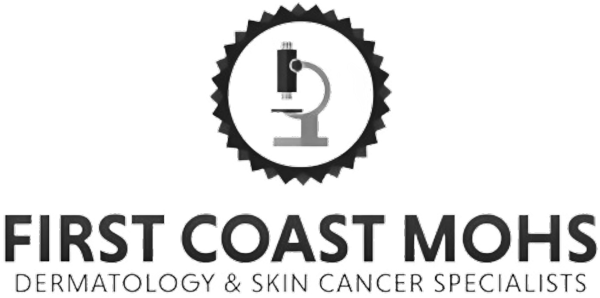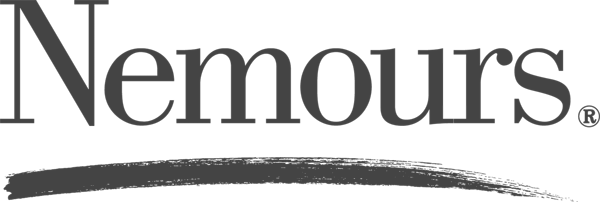A lot of small business owners overlook the importance of their navigation bar. After all, it’s a very simple element of your website that most people give little thought too. However, this can be a big mistake as your menu communicates more about your website and business than you might think.
In this post we’re going to examine common navigation bar mistakes, as well as a process to ensure you have the perfect website navigation.
Common Navigation Bar Mistakes
It’s easy to simply throw up a navigation bar and not think twice about it. However, as you’ll see below this often leads to several mistakes that could be turning off your visitors.
1. Confusing Layout
A lot of people attempt to get “creative” with their navigation bar layout. Although creativity is encouraged, people expect your navigation bar to be in a certain place on your website.
The most commonly accepted navigation bar locations are along the top, or down the left-hand side.
2. Lack Of Descriptive Words
If you use generic words that every other website is using you don’t give your user very much information to work with. Instead, try to choose terms that are actually relevant to what your users can expect from that page.
3. Too Many Choices
I’m sure you’ve come across a website that has dozens of navigation choices. These websites attempt to showcase all of the information they have across their site. In reality this does nothing more than overwhelm the visitor.
Try to pare down your navigation bar to the absolute essentials, and leave everything else out.
Correct Navigation Bar Implementation
A sloppy, disorganized, and confusing navigation bar communicates a lot about the values of your company. On the other hand, a navigation bar that’s clear, descriptive, and clean will encourage your visitors to explore more.
You’ll find common steps towards creating the perfect navigation setup below.
1. Consider Your Content
Before you even create your menu take stock of the content you have across your website. This will help you organize the central themes you have present, and decide what type of organization makes sense.
2. Reduce Overwhelm
Your navigation bar exists to serve your user. By giving them too many options you overload them with information and make it impossible for them to make a choice.
Your menu should guide your user from page to page on your website, not impede them from taking action.
3. Action-Oriented Towards The Right
It’s a common web design practice to have more action-oriented items listed towards the right of your menu. For instance, the about us section, blog, and other information elements usually fall towards the left.
While, elements like contact us, and scheduling a free consultation are more likely to fall on the right-hand side.
If you’re interested in upgrading your current website, or getting a design assessment, then reach out to our Jacksonville Website Design team here.
Calvin Bryant
Calvin is a digital expert with clients in the U.S., U.K., and the Caribbean Islands. As the founder of C7, he has worked with Joel Osteen, Carlos Santana, the FBI, and the NBA. He resides in Ponte Vedra, Florida, and is a proud father and husband of 28+ years to his wife, Krista.








